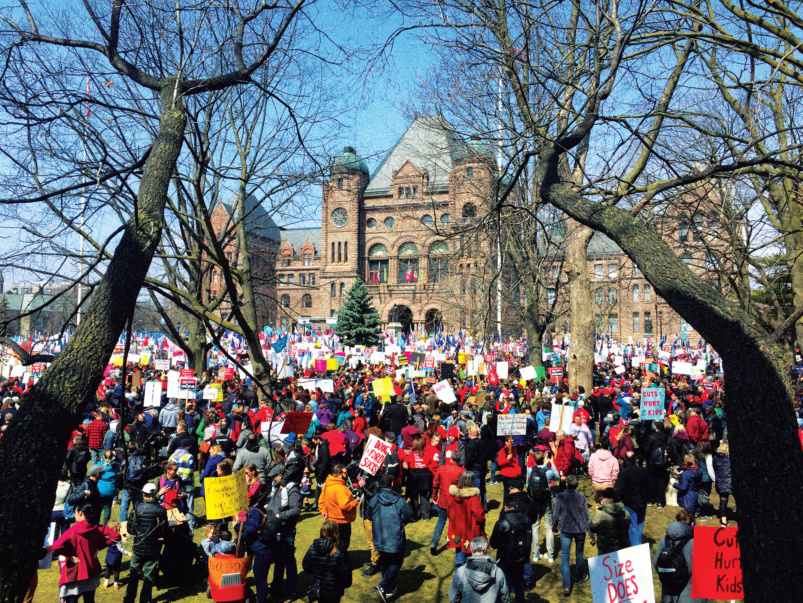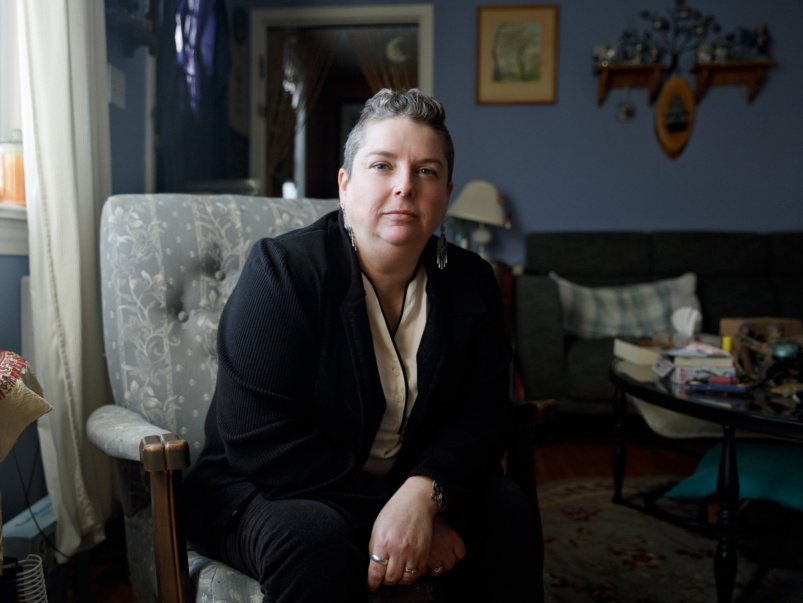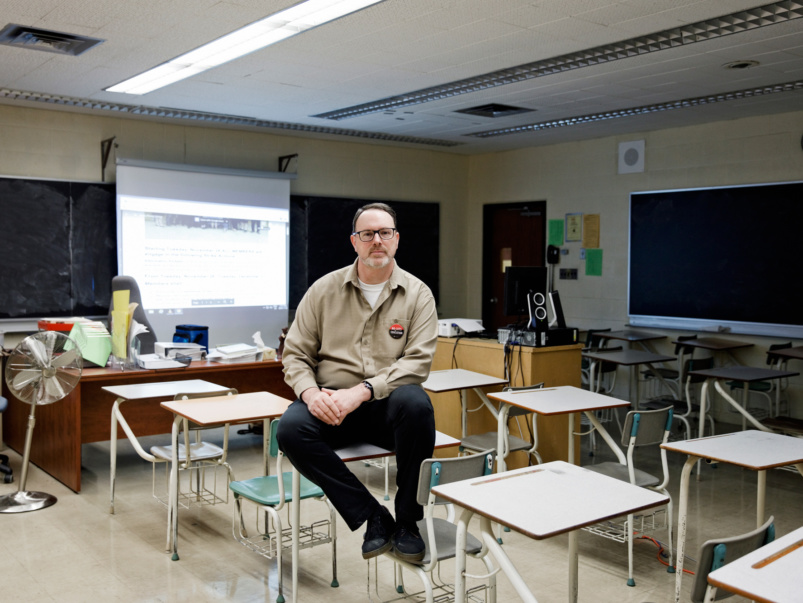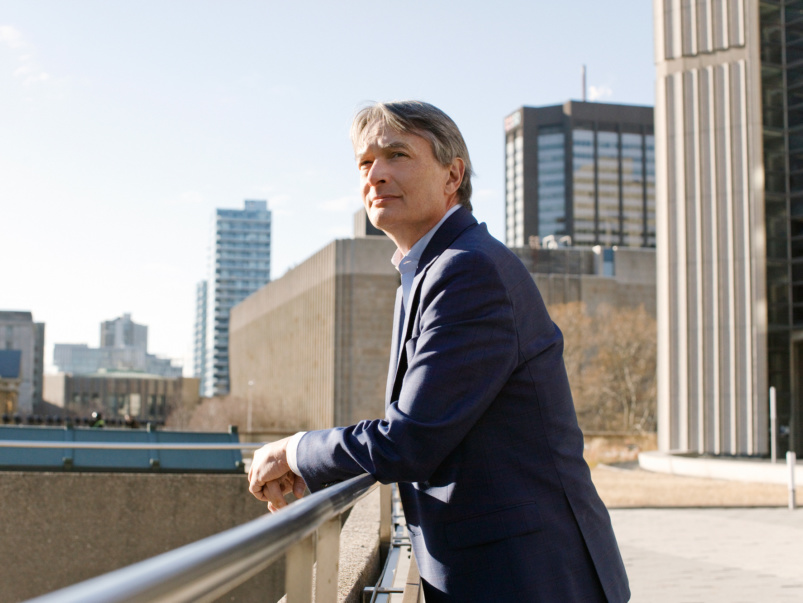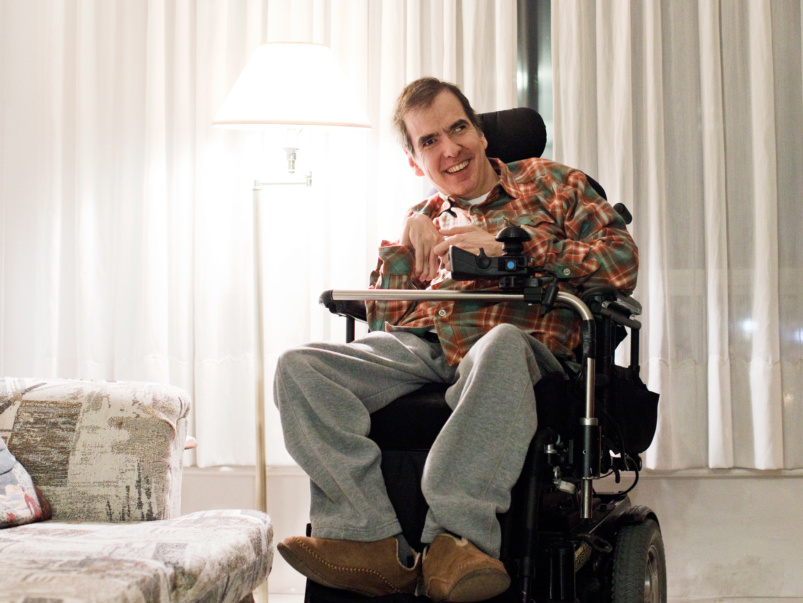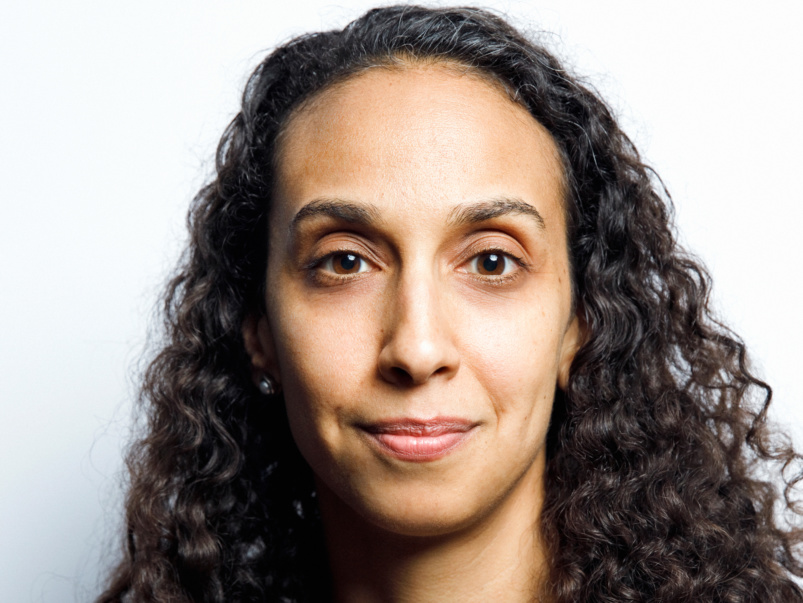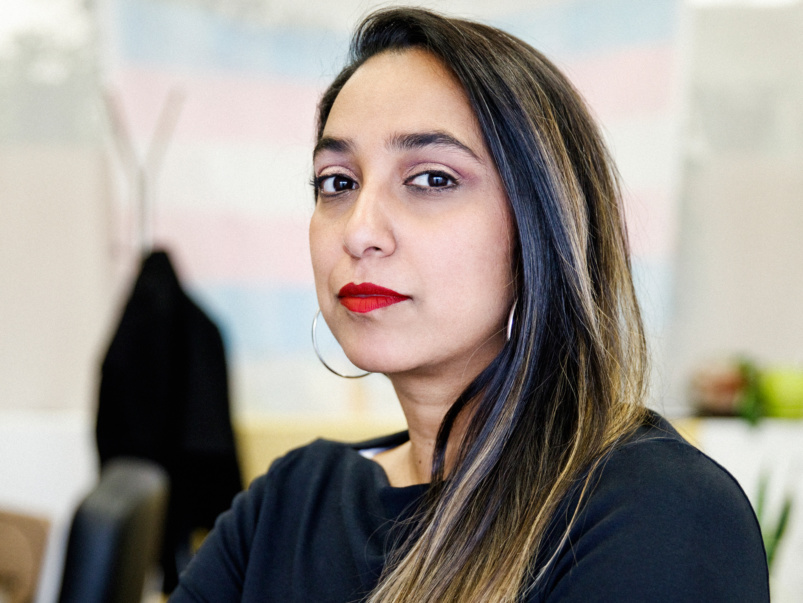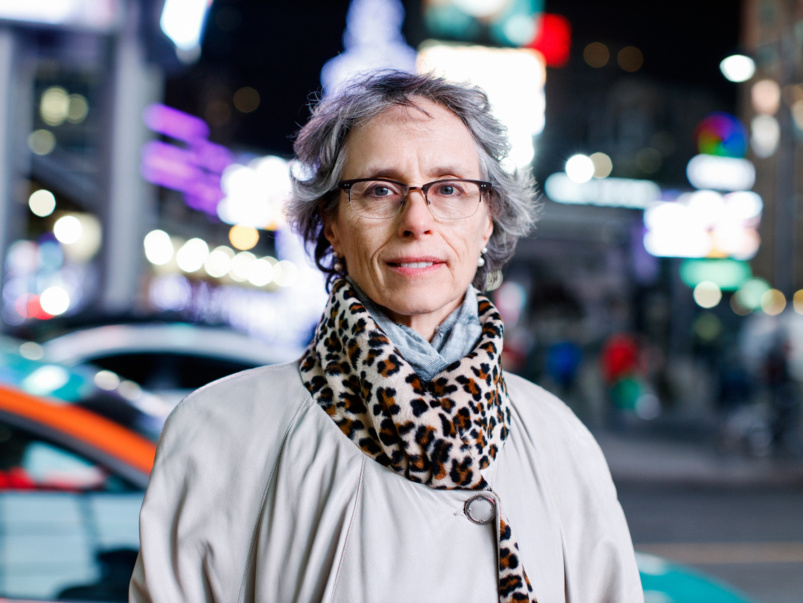The Ford Fallout: “We discovered a way to grow skin for burn victims. Now our research is in jeopardy”
Marc Jeschke, a surgeon and director of the Ross Tilley Burn Centre at Sunnybrook, on the provincial funding cuts. Part 4 in our series
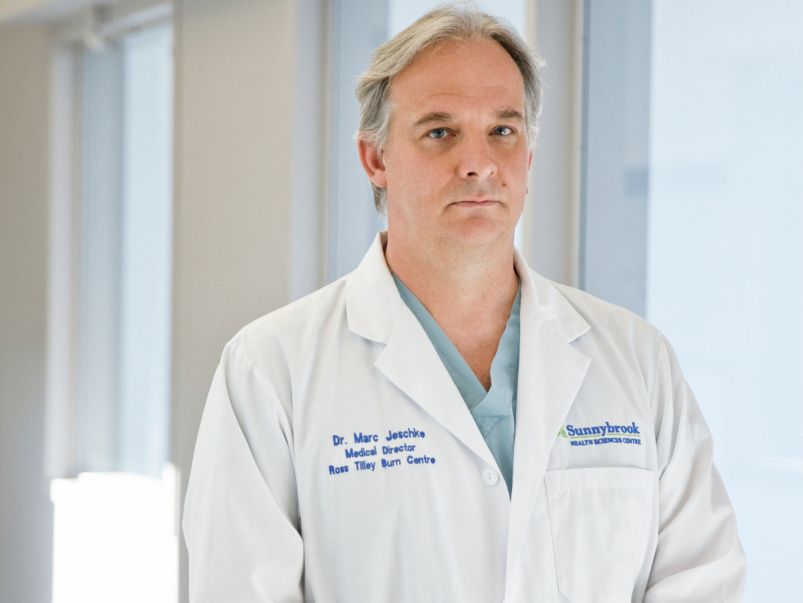
“For burn patients to survive, you have to heal their wounds. Currently, we remove burned tissue in surgery and cover those areas with the patient’s healthy skin, extracted from somewhere else on the body. If it’s a big burn—40 per cent or more of total body surface area—finding adequate unburned skin is difficult.
“Burn specialists have worked on tissue engineering for some time, and we’ve seen exciting possibilities with stem cells. The real game changer, however, happened by accident two years ago. Someone in my lab came to me and said, ‘There’s something weird about some stem cells I’m looking at.’ We realized that this lab assistant had mistakenly extracted stem cells from burn tissue rather than from healthy skin. We examined the cells, and I couldn’t believe what I saw: they were just as viable as healthy skin. It was a breakthrough. It meant that we don’t need to take additional skin from the patient. The more burn tissue there is, the more stem cells we collect.
“We published our research in 2018 and looked for support from the bigger funding agencies. The response was consistent: too experimental, too speculative. But the Ontario Institute for Regenerative Medicine kicked in $100,000 to fund animal testing, which has been extremely promising. In our large-animal models, skin healed 30 per cent faster and looked much more like normal skin. But a pig is not a patient.
“In May, the province announced it was cutting OIRM’s $5-million-a-year funding. The next day, OIRM awarded us a one-time $450,000 grant to continue our research for the moment. We were lucky—we just squeezed in—but if our safety trials show the treatment to be safe and effective, I fear there will be no more money for our next steps. To study severe burn patients—the people this treatment was made for—takes up to six years and costs as much as $3 million. Without OIRM, we’ll be in desperate need of funds, and I don’t know where we’ll get them.”
